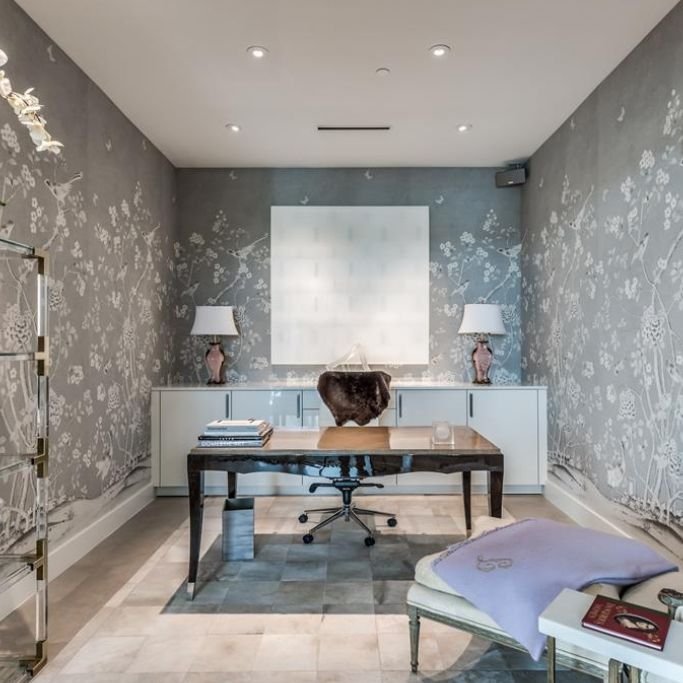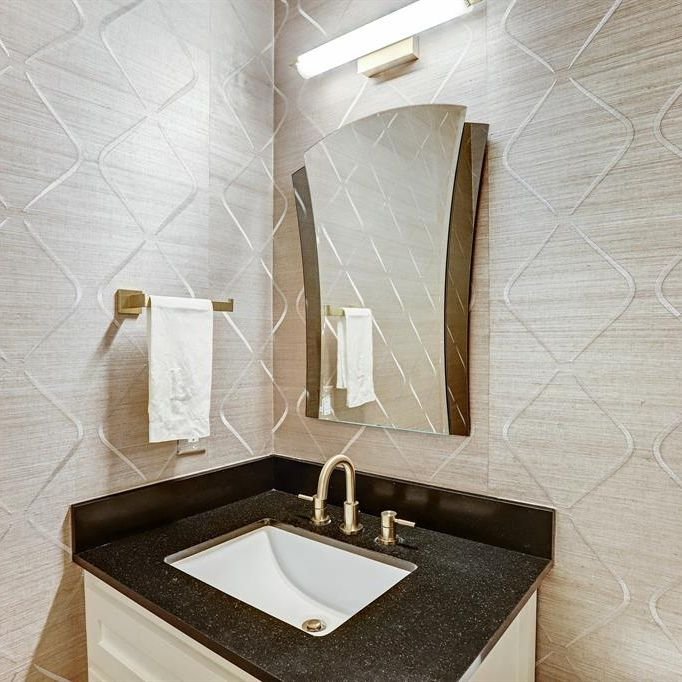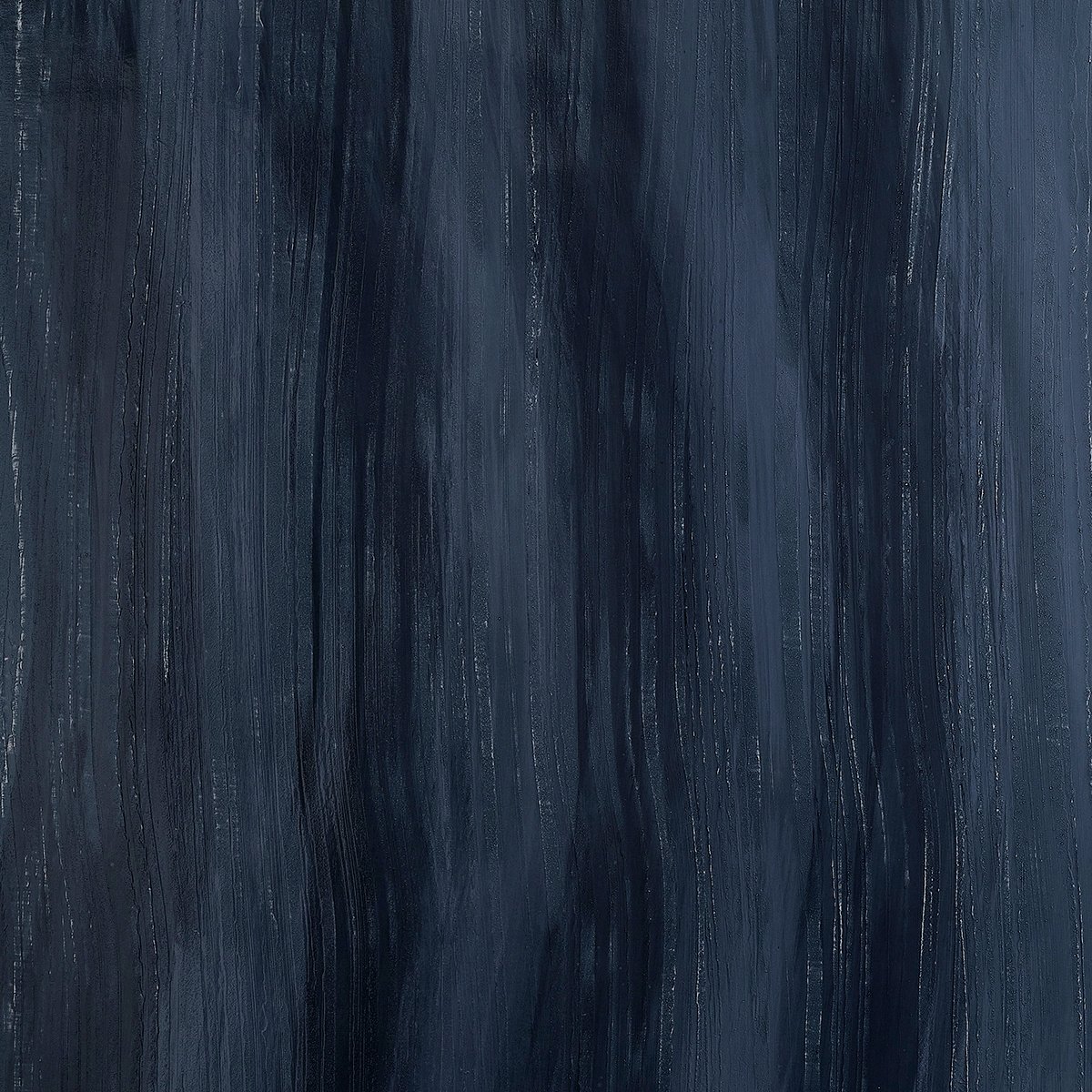Wallpaper History & Styles
From Ancient Origins to Modern Trends: A Journey through Wallpaper History and Styles
Wallpaper has a rich history that dates back centuries. It originated in China around 200 BC, where it was initially used as a decorative surface covering for walls. The art of wallpaper-making spread to the Middle East and Europe over time, gaining popularity among the wealthy and aristocracy. Initially, wallpaper was hand-painted with intricate designs or made using block printing techniques.
During the Industrial Revolution in the 18th century, advancements in printing technology made wallpaper more accessible and affordable. Mass production techniques, such as machine printing and roller printing, allowed for larger quantities of wallpaper to be produced quickly and at lower costs. This led to wallpaper becoming a widespread interior design choice, adorning homes of various social classes.
In the 20th century, wallpaper trends shifted, and simplicity and minimalism took hold. Painted walls and plain surfaces were favored over heavily patterned wallpapers. However, in recent years, wallpaper has experienced a significant resurgence in popularity.
- Why has Wallpaper Made a Come Back? -
The revival of wallpaper can be attributed to its ability to add character, depth, and visual interest to spaces, as well as the availability of diverse designs, improved materials, and the influence of design trends and social media. Its resurgence signifies a return to embracing creativity and individuality in interior design.
- 10 Different Types of Wallpaper -
1 | Vinyl
This is a popular and durable option. It consists of a vinyl coating on top of a paper or fabric backing, making it resistant to moisture and easy to clean.
2 | Non-Woven
Non-woven wallpapers are made from a blend of natural and synthetic fibers. They are breathable, tear-resistant, and can be easily removed without leaving residue.
3 | Grass Cloth
This type of wallpaper is made from natural materials such as woven grasses, jute, or bamboo. It has a textured and organic appearance, adding depth and warmth to a space.
4 | Textured
Textured wallpapers come in various patterns and designs, ranging from subtle textures like linen or silk to more pronounced patterns like embossed or raised designs. They add visual interest and dimension to walls.
5 | Fabric
Fabric wallpapers are made from different types of fabrics, such as silk, cotton, or linen. They have a luxurious look and feel, and they can be an excellent choice for adding elegance to a room.
6 | Peel & Stick
Also known as self-adhesive or removable wallpaper, this type is designed for easy installation and removal. It has a backing that can be peeled off, allowing it to be stuck directly onto the wall without the need for additional adhesive.
7 | Flocked
Flocked wallpaper features a velvety or textured raised pattern on a paper backing. It creates a luxurious and tactile effect and is often used in formal or high-end spaces.
8 | Metallic
Metallic wallpapers incorporate metallic elements, such as gold, silver, or copper, to add shimmer and shine to the walls. They can create a glamorous and reflective effect.
9 | Mural
Mural wallpapers consist of large-scale images or designs that cover an entire wall or a significant portion of it. They can depict landscapes, cityscapes, nature scenes, or artistic patterns, allowing for a statement-making focal point.
10 | Paintable
This type of wallpaper has a textured surface that can be painted in any color or finish to match the desired decor. It offers flexibility in terms of customization and can be a cost-effective alternative to textured wall treatment











